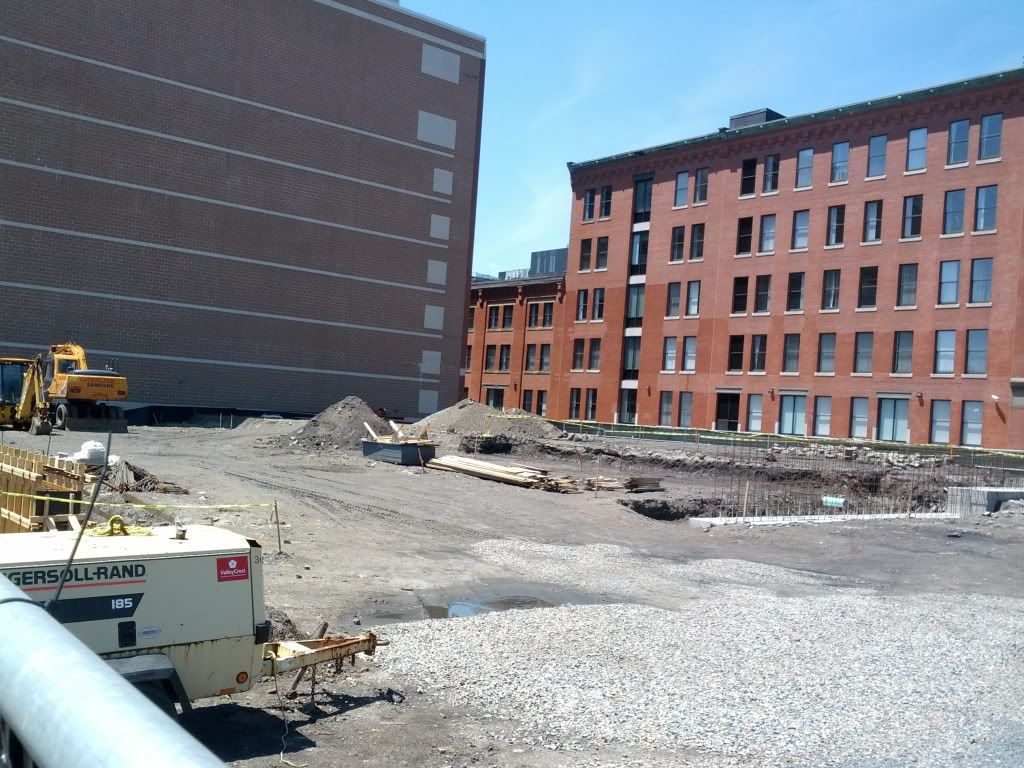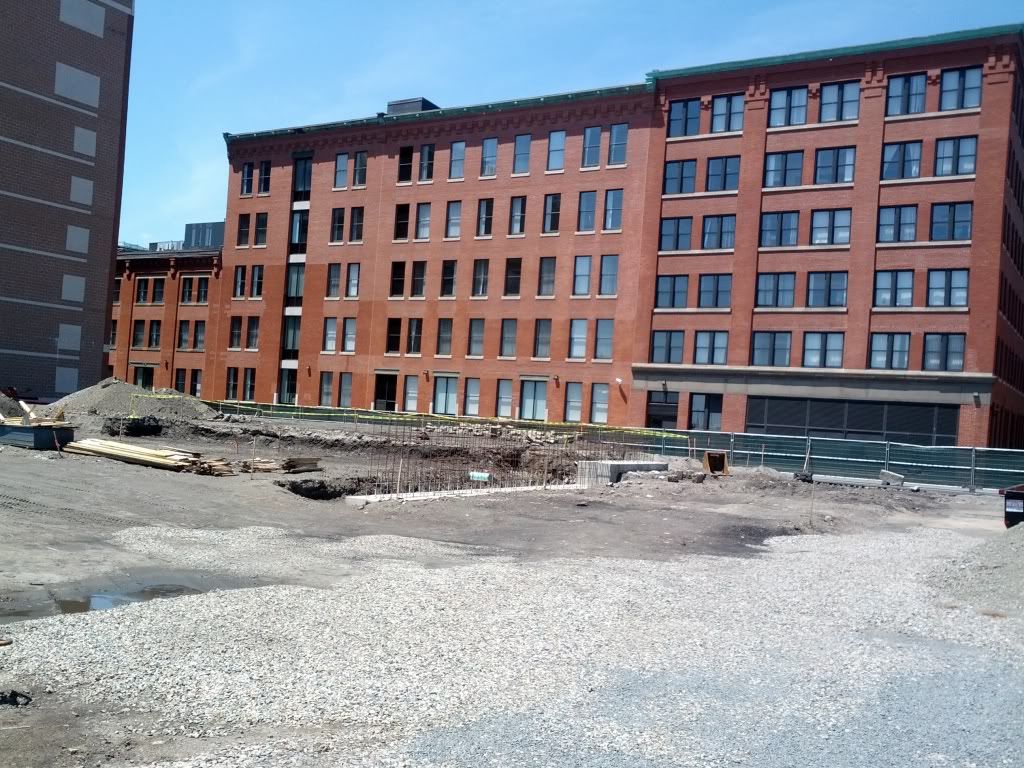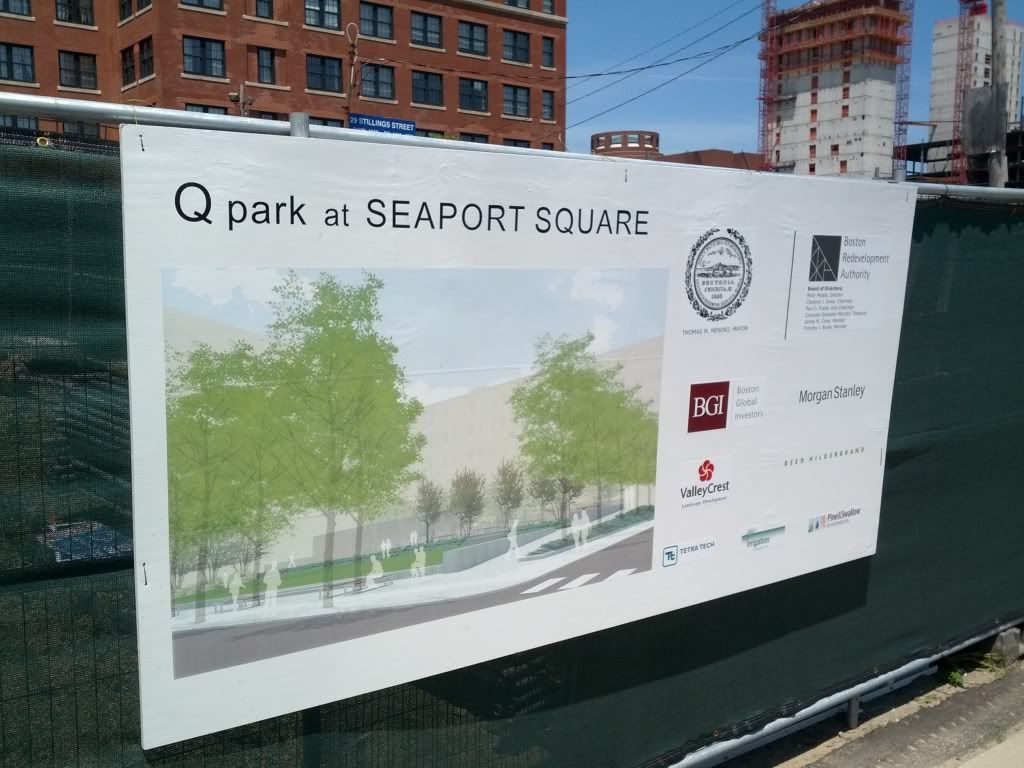whighlander
Senior Member
- Joined
- Aug 14, 2006
- Messages
- 7,812
- Reaction score
- 647
I'm going to take a different route since we are talking about Seaport Square. This entire area has been held and sold from one land owner to the next. Hynes didn't buy it from the city, he bought it from Murdoch, who traded for it with Frank, who owned it for many moons.
Other areas become owned by large developers over years. The party wants the whole area, but has to buy it bit by bit and block by block and then has enough contiguous land to make his dream of fat stumps and parks a reality.
In a big pick up like Seaport Square, they got a sh*t ton of land for fairly short money. This could just be an investment, and then they the landowner can portion it off to smaller developers and developments. We are starting to see this a bit.
Same thing at Fan Pier, this ownership has been well documented, but in this case Fallon wants to reap all the benefits, and develop them all himself. Maybe then sell them off at a large profit.
The city, aside from revieweing and approving what is to be built, is not really that involved in the real estate transactions.
This seems to be more in the vein of what the question was.
Sheamus -- a lot of it has to do with the Chimera of Planning and the Hubris of Knowing how something should develop
Take MIT and the land formerly known as the "Simplx Property" (aka University Park on Mass Ave):
1) when Simplex Wire and Cable owned the land it was a "sprawling" industrial zone with dozens of small industrial buildings shoehorned onto small blocks -- times changed and the company left
2) MIT acquired the property but basicaly sat on it -- getting some revenues as a "slum lord" -- there were dozens of small highly entrepreneurial companies such as "Atomic Welding" -- mostly supporting the R&D community
3) MIT decides the time is now to capitalize on all this land near to the campus -- hires some planning firm (founded no doubt by alums)
4) MIT partners with mega-developer Forest City -- project begins to take form
5) Meanwhile Novartis decides to base its world-wide R&D in Cambridge
6) however too much has happened to accomodate them in the already planned and under construction 'Simplex Property"
7) after some preliminaries -- Novartis buys and leases land on the other side of Mass Ave (Analog Devices building, etc.) -- which MIT would love to have available for the "nano-Materials, Structures, and Systems (nMaSS) laboratory -- the Institute’s “highest academic priority" -- now searching for a home -- Analog Devices would have been ideal
Had MIT used the Time Machine (product of a future alum) they would realize Atomic Welding and such should have stayed until Novartis needed the land to expand
Oh Well




